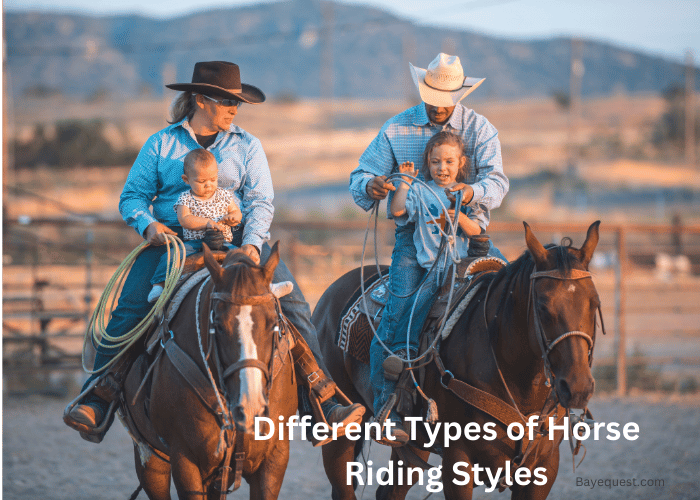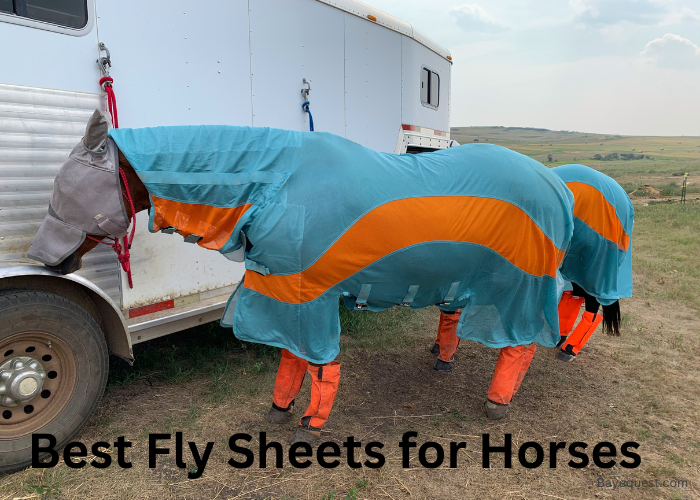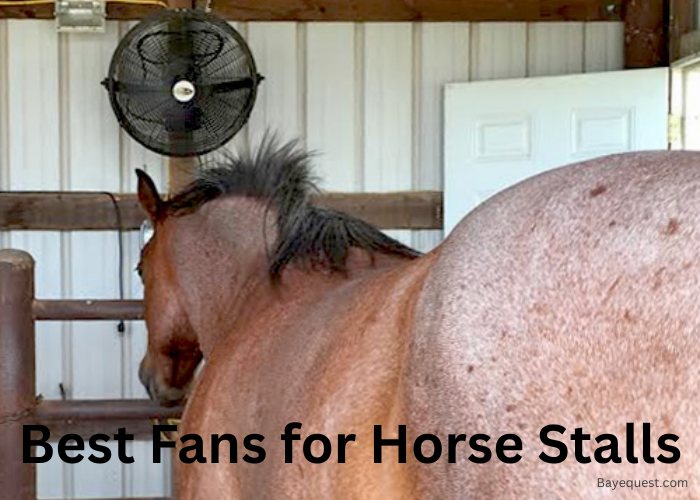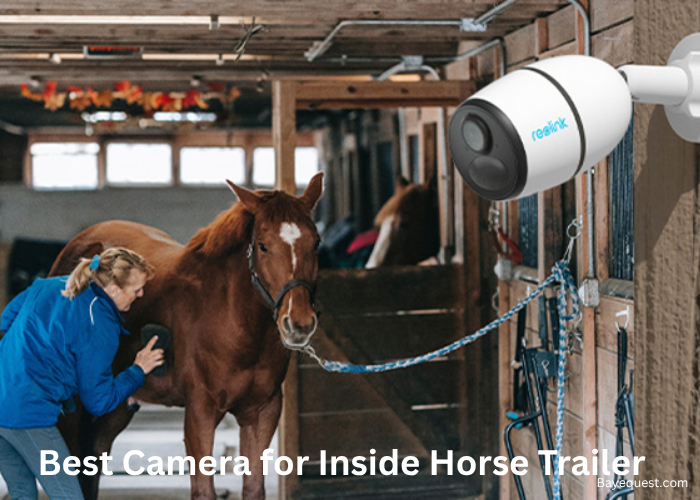Did you know that there are over ten distinct horse riding styles practiced worldwide? As an equestrian enthusiast, I understand the confusion beginners face.
Whether you’re wondering which style suits you best or seeking to expand your knowledge, this article will guide you through the main types of horse riding.
From the elegance of dressage to the thrill of show jumping, you’ll soon discover the unique charms and challenges of each discipline. Let’s saddle up and explore.
Different Types of Horse Riding Styles (3 Horseback Riding Disciplines)
Let’s explore these disciplines in detail:
1. English Riding Styles
English riding styles developed in England and other parts of Europe. These styles mostly focus on discipline, elegance, and a closer, more formal relationship between horse and rider.
This discipline has various styles, such as dressage, show jumping, and eventing, which are practiced and celebrated worldwide.
Dressage
Dressage is often compared to ballet on horseback. It’s all about the harmony between rider and horse. Imagine guiding your horse through precise movements and poses, almost like a dance.
The goal is to make it look effortless, as though the horse is performing these complex steps independently. It’s a true test of training, discipline, and connection between horse and rider.
Show Jumping
This is the equestrian equivalent of a high-stakes obstacle course. Rider and horse work together to leap over a series of barriers, aiming for speed and accuracy.
It’s thrilling to watch and even more exhilarating to participate in. Each jump needs to be approached with just the right balance and timing, making it a dynamic and exciting discipline that tests both the rider’s strategy and the horse’s agility.
Eventing
Eventing is the triathlon of the horse world. It’s a combination of dressage, show jumping, and cross-country into one comprehensive test.
Think of it as a three-part challenge where riders must demonstrate their versatility and their horse’s all-around skills.
Eventing showcases the ultimate partnership between horse and rider, starting with the elegance of dressage, moving to the precision of show jumping, and ending with the endurance and speed of cross-country.
Racing
Picture the iconic image of thoroughbreds thundering down the track, jockeys poised and urging them on. It’s a high-adrenaline sport where the first one past the post wins.
Horse racing varies from the sprints of flat racing to the stamina-testing challenges of steeplechase.
Polo
This style combines horseback riding skills with team sports strategies. Players on horseback use long-handled mallets to hit a small ball into the opposing team’s goal.
It’s a fast-paced game that requires quick reflexes, strong teamwork, and versatile riding skills.
Saddleseat
They showcase the high-stepping gaits of certain horse breeds like the American Saddlebred. Riders aim to present their horse’s natural movements in the most elegant way possible.
They mostly focus on posture, smoothness, and the overall picture of ease and grace. It’s like a pageant for horses, highlighting their beauty and spirited gaits.
English pleasure
This riding style showcases a horse’s calm, gentle demeanor and smooth gait. It’s comfortable and enjoyable for both the horse and the rider.
It’s judged on the horse’s ability to provide a pleasant ride based on its manners, movement, and overall appearance. This discipline emphasizes the joy of simply riding and the bond between horse and rider.
Side saddle riding
Side Saddle Riding harks back to an era of elegance. It allows women to ride in a skirt without straddling the horse.
It requires incredible balance and skill, as the rider sits aside with both legs on one side of the horse, using a specially designed saddle.
It’s a nod to tradition with a modern twist, as riders compete in jumping and showing.
Horseball
Horseball is like basketball on horseback, offering a dynamic, team-oriented game. Riders work together to pick a ball off the ground, pass it among teammates, and score by throwing it through a high hoop.
It’s a test of horsemanship, teamwork, and strategy, demanding excellent riding skills and coordination.
Hunt sea equitation
This style focuses on the rider’s ability to ride correctly and effectively over fences and on the flat.
It’s derived from the tradition of fox hunting and emphasizes the rider’s form, the horse’s responsiveness, and the smoothness of the ride.
Competitions judge riders on their posture, control, and ability to maintain a harmonious relationship with their horse, making it a discipline that celebrates the art of riding.
See also: What is an English Horse Breed?
2. Western Riding Styles
With its roots in cattle ranching and outdoor living, Western riding brings many exciting and diverse styles.
Each style has its flair and set of skills, but all share the common thread of practicality and partnership between horse and rider.
These disciplines carry some of the most iconic horse sports names in the world of equestrian competition. Let’s have a look at them:
Trail Riding
This is all about enjoying the great outdoors with your horse. It’s as straightforward as it sounds. You and your horse explore trails through forests, mountains, or any terrain that nature offers.
Trail riding is not just a leisurely walk in the park. It can test a horse’s steadiness and a rider’s navigation skills, making it a foundational aspect of Western riding.
Related read: Best trail riding horse.
Reining
Reining is the Western answer to dressage but with a cowboy twist. Riders guide their horses through a precise pattern of circles, spins, and stops.
Imagine a horse skidding to a halt from a gallop or spinning around on its hind legs—that’s reining. Reining is about showing off the horse’s agility and the rider’s control, all with style and finesse.
Cutting
This is where the horse and rider work as a team to separate a cow from its herd. The horse’s instinct to herd comes into play, anticipating the cow’s movements and keeping it away from the herd.
It’s like a dance between horse, cow, and rider, requiring quick reflexes and sharp decision-making.
Barrel racing
This is the rodeo’s dash for the cash. Riders and their horses sprint in a cloverleaf pattern around three barrels set in a triangle.
It’s fast and furious and requires precise, tight turns at high speeds. The goal is simple: complete the course as quickly as possible without knocking any barrels over.
Western pleasure
Western Pleasure is about showing off a horse’s smooth, easy-going gaits and good manners. Judges look for horses that seem like a pleasure to ride, with a calm demeanor and steady pace.
It’s a competitive style that prioritizes the horse’s ability to provide a comfortable and enjoyable ride.
Pole bending
In this style, riders weave their horses in and out of six poles arranged in a line as fast as they can, turning sharply and accelerating between poles.
It tests the horse’s agility and the rider’s ability to maintain speed and precision under pressure.
Working cow horse
This style combines aspects of reining, cutting, and herding. It showcases the horse’s versatility and responsiveness to cues while working with cattle.
Riders might start with a reining pattern and then demonstrate the horse’s ability to control and direct a cow. This is a true test of the horse’s training and the rider’s skill.
Read also: How to train reined cow horse.
Rodeo
Many people picture rodeos when they think of Western riding. They’re a thrilling mix of different competitive events, from bronc riding to bull riding, barrel racing, and roping.
Rodeo is the ultimate showcase of Western riding skills. Here, cowboys and cowgirls compete in events that test their courage, speed, and agility.
Check out our article on what to put on to a rodeo.
3. Additional Types of Riding Styles
Let’s explore some additional riding styles:
Gymkhana
Think of it as a series of speed pattern racing and timed games on horseback. Events include barrel racing, pole bending, and other obstacle courses designed to test horse and rider’s speed, agility, and precision.
The atmosphere is usually festive, emphasising fun and skill development. Riders dart around barrels, weave through poles, and race against the clock, often with the cheers of spectators.
Endurance riding
Endurance Riding tests the stamina of horse and rider over long distances, typically 25 to 100 miles unlike other races, where speed is the key, endurance riding demands strategy, pacing, and a deep understanding of the horse’s condition.
Riders navigate varied terrain, and the focus is on completing the distance with a fit and healthy horse. This is a true endurance challenge that emphasizes the horse and rider’s bond and trust.
Vaulting
Vaulting is gymnastics on horseback. It combines dance and acrobatics on a moving horse, which trots or canters in a circle and is controlled by a lunger.
Vaulters perform individual, pair, or team routines. The horse wears a special surcingle and a thick, soft pad to help the vaulter maintain grip.
It’s a breathtaking display of trust and partnership, showcasing the rider’s balance and coordination with the horse.
Para-equestrian
Para-equestrian opens the door to equestrian sports for riders with disabilities, offering them a platform to compete at all levels, including the Paralympic Games.
The most recognized para-equestrian discipline is dressage. Here, riders perform tests adapted to their classification of disability.
The sport emphasizes the ability of all riders to develop a deep and meaningful connection with their horses, demonstrating skill, grace, and competitive spirit.
Para-equestrian competitions ensure a level playing field through classification systems. It’s a powerful reminder of the inclusiveness of horseback riding and the special bond between horses and humans.
Related read: Horseback riding items.
How to Choose the Right Horse for Your Riding Style
Choosing the right horse for your riding style is a critical decision that can enhance your riding experience. Here’s a guide to help you make an informed choice, tailored to your specific riding discipline and personal preferences.
1. Consider your riding discipline
Each equestrian discipline requires specific skills and attributes from a horse. For instance:
- Dressage: Look for a horse with good movement, balance, and the ability to learn complex commands. Warmbloods are often favored for their grace and athleticism.
- Show jumping: Seek a horse with power, agility, and courage. Many successful show jumpers are Thoroughbreds or Thoroughbred crosses.
- Western pleasure: A calm temperament and smooth gaits are key. American Quarter Horses excel in these areas.
- Endurance riding: Stamina and durability are crucial. Arabian horses are renowned for their endurance capabilities.
- Trail riding: Look for a horse that is calm, sure-footed, and comfortable with varied terrain. Breeds like the Tennessee Walking Horse or the Appaloosa can be excellent choices.
2. Assess your skill level and goals
Your experience and what you hope to achieve play a significant role in choosing the right horse:
- Beginners should prioritize a horse with a calm, forgiving temperament to gain confidence and skills safely.
- Intermediate riders might look for a horse that can help them refine specific skills and compete at lower levels.
- Advanced riders often seek horses with the talent and training to compete at higher levels or tackle more challenging disciplines.
3. Physical compatibility
Ensure you and the horse are a good physical match:
- Size: You should be able to comfortably mount and dismount and easily control the horse. A good rule of thumb is that your weight should not exceed 20% of the horse’s.
- Age: A horse’s age can impact its energy levels and suitability for various activities. Young horses may have more energy but require experienced training, while older horses can be great for beginners but may have limited competitive potential.
4. Personality and temperament
Just like people, horses have individual personalities. Some may be more energetic and spirited, while others are calm and easy-going.
Spend time with the horse before deciding to ensure your personalities mesh well, especially in stressful or challenging situations.
5. Health and soundness
A pre-purchase veterinary exam is essential to identify health issues or potential future problems. Look for a sound horse with no lameness or chronic health issues, as these can affect performance and enjoyment.
6. Budget considerations
Remember to factor in the initial purchase price, ongoing care costs (including feed, veterinary care, farrier services, and boarding), and any additional expenses related to your specific riding discipline.
7. Take your time
Don’t rush the decision. Test ride multiple horses and evaluate how each one meets your criteria. It’s also beneficial to seek advice from experienced riders, trainers, or equine professionals who can offer insights into your riding style and goals.
Related read: What is the Proper Horse Riding Position?
Different Types of Horse Riding Styles: Conclusion
There you have it! The different types of riding styles. The world of equestrian sports is a rich tapestry woven from tradition, skill, and the unbreakable bond between horse and rider.
Whether you’re drawn to the precise artistry of dressage, the adrenaline rush of barrel racing, or the enduring challenge of endurance riding, there’s a style for every soul.
Embrace the adventure, find your perfect equine partner, and gallop into the horizon of your chosen discipline. Remember, every ride is a new story waiting to be written. Saddle up.








